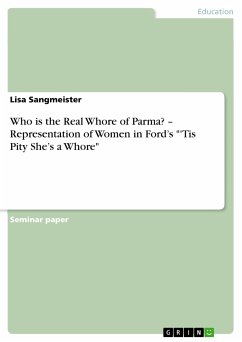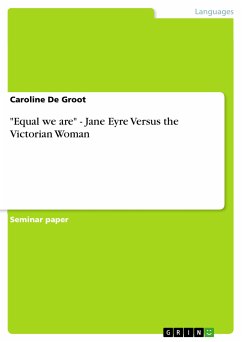Seminar paper from the year 2015 in the subject Didactics for the subject English - Literature, Works, grade: 1,3, Johannes Gutenberg University Mainz, course: Graduate Seminar British Studies, language: English, abstract: Macy’s, KaDeWe, Au Bon Marché, Harrods, Whiteley’s, les Galeries LaFayette – all these stores represent only a few of the many well-known department stores situated in different modern metropolises. What all these famous large-scale stores have in common is that they are mass marketplaces which are often referred to as “halls of temptation” (Rappaport 16) or “cathedrals of consumption” (Fiske 10). In this sense, shopping is no longer considered a pure economic act. Rather, it is regarded as an act being strongly associated with illusion, desires, self-fulfillment, seduction and dreams. With their innovative interior and exterior architecture, their overwhelming range of goods coming from all over the world, and their leisure time facilities, they manage to fascinate us. These great stores offer customers an enjoyable shopping experience or rather enable them to spend a unique day out by providing much more than the latest fashion and household goods or nice cafés and restaurants in comfortable settings. Many of this type of store include cinemas, theater shows, fitness center or sometimes even miniature golf courses or bowling centers. March 15, 1909 marks the birth of one of these great department stores, still sustaining its position in British society today: Selfridges. It was the American self-made retail entrepreneur Harry Gordon Selfridge who founded this department store in London’s Oxford Street in 1909 and fascinated his customers by creating a unique experience of shopping (Woodhead 1). To this day, Harry Selfridge is highly praised as a unique marketing innovator. As his personal story inspired ITV drama, there even has been a TV series adapted in which the life of Selfridge and his family members is portrayed as well as the rise and the success of his lifework. Given that this American visionary presents the protagonist of the TV series Mr Selfridge, the aim of this paper is to consider the central question how his character is represented in the series.
Bitte wählen Sie Ihr Anliegen aus.
Rechnungen
Retourenschein anfordern
Bestellstatus
Storno









